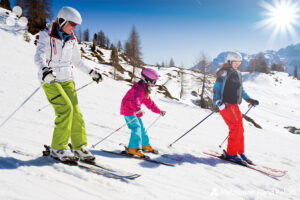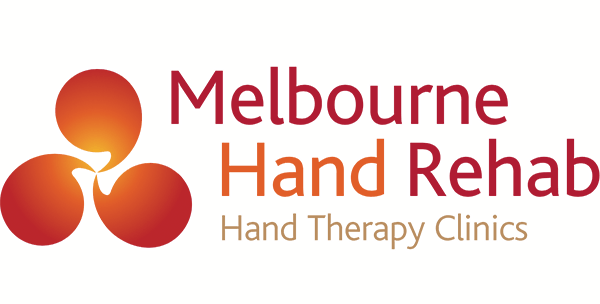
28 May Skiing season is here (and so is skier’s thumb!)
Winter is coming! So it’s time to get our ski gear and equipment to hit the slopes and prepare for a big ski season.
Skier’s thumb
One of the most common hand/wrist injuries that we see from skiers or snowboarders are ligament injuries of the thumb. Skier’s thumb, also known as gamekeeper’s thumb, is a very common injury. This occurs with a fall on our hand with our thumb outstretched. Often ski poles assist in the injury due to the position of holding the pole in the hand and also using the hand to brace yourself. Although, the injury does occur without the pole too. Skier’s thumb is damage to a ligament that attaches the thumb to the hand (ulnar collateral ligament/UCL).

Fractures
The other common injuries we see from snow sports are distal radius and scaphoid fractures. A distal radius fracture is when you break one of the long bones of your forearm with the fracture being close to the wrist. This often happens when you fall backwards onto your wrist.
A scaphoid fracture is a break of a bone in the wrist on the thumb side. The scaphoid is the most commonly fractured bone of the 8 wrist or carpal bones. It is also an extremely important bone. Mismanaged care of a scaphoid fracture can cause life long pain or limitations.
Prevention, prevention, prevention!
As we know, injuries can occur unexpectedly if we don’t have the right equipment, if we are new to the sport, and due to changing snow conditions. Therefore, to ensure you don’t cut your holiday short, be sure to follow our top 8 tips on how to avoid an injury.
- Do NOT place your whole hand through the ski pole straps. The strap should be held alongside the pole.
- Aim to let go of the pole when falling to prevent a ‘skier’s thumb’ injury.
- Use a ski pole with an automatic release outlet system.
- Clip your pole straight into your glove.
- Wear wrist guards!
- Ask an instructor to show you the proper pole technique for when powder skiing.
- Discuss the proper fall technique with your instructor.
- Avoid placing your hand down to the snow to prevent a fall when possible.

Do I need hand therapy?
Yes!
After an injury to your hand/wrist, you are likely to lose strength, movement, and have ongoing pain, just to name a few. During your consultation with your hand therapist, you will have a thorough assessment to determine the severity of your injury. We will provide you with the appropriate splint (if necessary), treatment, and exercises. Your hand therapist will let you know if you need a surgeon’s consultation.
Remember, we are here to help you and want to make sure you get back t0 what you love as soon as possible without longterm pains or limitations.
If you are experiencing finger, hand or wrist pain, don’t hesitate to get in touch. We’d love to help you.
BOOK AN APPOINTMENT
For more information, call us directly on 03 9458 5166


